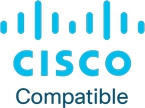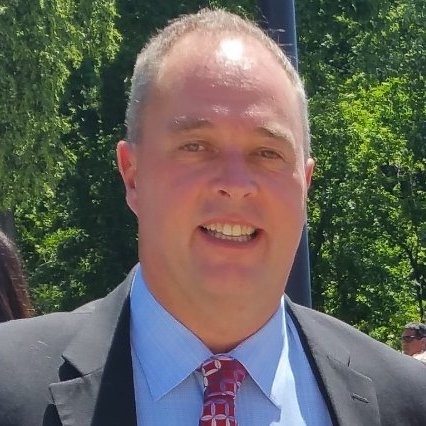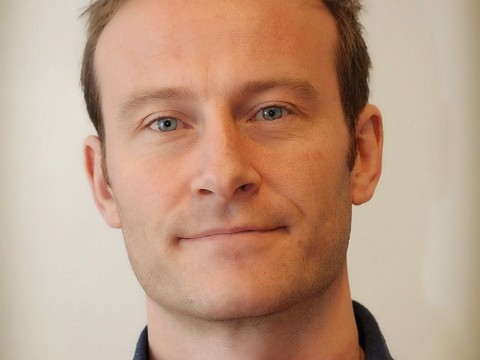Introduction
The model of video usage has become an indispensable part of business communication since nowadays video conferencing solutions provide real-time, user-oriented and on demand approaches both for desktop and cell phone as well. Video telephony provides desktop video devices the same call control functionality usually found in voice telephony solutions, including call transfer, call hold, call forward, mute, and conference.
Because video telephony integrates into the voice telephony infrastructure and network, placing a call with video becomes as easy and reliable as making a phone call. In most cases, desktop video conferencing has been implemented just like group video conferencing but with a computer workstation. It has many of the same challenges group video conferencing systems have. Video telephony, on the other hand, has a very different usage paradigm – ad hoc, on demand, integrated, universal availability, and tight coupling with the PBX system. In addition, a number of technological developments and events are coming together now that are propelling IP video telephony into a much more visible and attractive proposition for users all around the world.
As video telephony and conferencing are getting more widespread, legislation regulating the terms of recording interactions has broadened therefore the need for recording and documenting these interactions is also in high demand. Remote expert applications in the financial services industry, telemedicine solutions in healthcare and remote online learning in the education sector are all great examples where the demand for recording is high. The CARIN recording suite offers a unified approach by enabling voice, video and telepresence recording in a single solution.
Applications
CARIN is one of the first solutions to offer video call recording capabilities for telephony systems. Video communication is captured, stored, managed and then can be searched the same way as voice calls. The CARIN Media Player offers a customizable display of the call parties.
| Financial Institutions |
Video telephony has emerged in certain financial sectors. Financial services are one of the market verticals that has adopted IP telephony the fastest. Hence, it would be no surprise that this sector would also be a leader in integrating video telephony. Some investment firms use video telephony to communicate important messages among themselves, and these companies are also linking up with some of their largest investors using video to provide high touch, personal financial advice and information. Legislation in many countries and states mandate call recording for banks, insurance companies, trading houses and other financial institutions. Verbal agreements are binding under most legislation. By offering verbal agreements as part of your sales process you can ensure higher sales close rates in your call center and also lower your costs by lower the costs involved in signing, processing and storing your contracts. |
| Call Centers |
The rise of conversational video creates new demands on businesses and on telecom service providers. As the number of video-equipped consumers increases, the demand for video-enabled services will also increase, because:
As a common practice companies have been reducing costs by pushing sales and support off to a web site. Most businesses implemented chat bots and real-time accessibility to support via their website and it’s landing page. Nowadays companies usually provide a video link wherein a customer service representative's image and voice will appear over the IP connection. Quality assurance, reporting and interaction recording are key factors for the ever-enhancing call center environments. |
| Enterprise |
Geographically dispersed work groups have begun embracing video telephony. Many of these groups already use video conferencing; however, the increased momentum of video telephony communications can add to the productivity of these groups and will increase the velocity of their business. The ad-hoc nature of video telephony is also making spontaneous video meetings not only possible, but also very productive. More one-time meetings were judged as extremely or very productive than recurring meetings. Documenting meetings or creating high definition recordings for future review and training purposes are great examples of the use cases of the video call recording. |
| Healthcare |
A great number of non-profit health and social care organizations run help lines and pharmaceutical companies run hotlines supporting their products. During interactions on these lines doctors, pharmacists, psychiatrists and other healthcare professionals get involved in situations where important advice needs to be given over the telephone to avoid serious health problems or prevent suicidal behavior. It is the duty of these organizations and enterprises to protect their professionals against litigation. Recordings from customer interactions can be decisive in trials, if the recordings were made according to the laws of the state or country. We are aware of several implementations of video telephony in the hospitality industry. Rather than speaking with a faceless concierge, health club receptionist, room service waiter, or front desk associate, certain hotel properties are installing videophones to provide a more intimate, face-to-face experience for their customers. The purpose of the video is to offer these customers a richer, more personal experience while at the hotel in an effort to secure future business and references. Video call recording makes it easier to provide quality assurance and provide legal compliance with various regulations like HIPAA. Telemedicine: healthcare professionals today are constantly under pressure to improve the quality of patient care, reach new markets, provide new services and control costs. To address these issues an increasing number of hospitals, clinics and other medical organizations are turning to video conferencing for real-time collaborative medical education, training, remote consultation, emergency response and surgery. Recording the telemedicine video calls are in high demand in the marketplace. |
| HR Applications |
Interviewing candidates can be an expensive and time-consuming proposition, particularly if a candidate is in another city or state. Some recruiters and HR departments are using video as a way to significantly decrease the cost of interviewing while increasing the potential recruiting geography. Today video interviews happen either by videoconference or by having the candidate go to a special video conferencing room. With the advent of video telephony candidates go to a local branch office and connect to the recruiter, wherever the recruiter happens to be physically located, over the corporate network. The need for recording of these interviews makes sense in most cases. |
New Approach
The new demand for recording video and telepresence calls also requires a new recording approach and architecture. Legacy recording systems fail meeting these requirements. The following table provides a brief overview of the new challenges, the inadequate and missing functions of the legacy video conference recorders and the right solution offered by CARIN.
| Requirement | Legacy approach | New approach offered by CARIN |
|---|---|---|
| Automatic recording |
Legacy systems are focusing on ad-hoc conference recording where the users have to manually trigger the recording from the endpoint. The automatic recording is completely missing from the legacy architectures. |
CARIN video recording capabilities are entirely built on the core call recording architecture, which was originally designed for automatic, always on recording. |
|
Compliance |
Legacy systems are unable to meet the strict and rigorous requirements of the compliance recording policies set by various governments, companies and other associations. Multi-level access control, encrypted storage, full audit trails, enhanced security features, multiple choice of recording mechanisms are all examples of the functions missing from the legacy conference recorders. |
CARIN out-of-box provides all of the features required to successfully comply with legal and government regulations and policies easily and cost effectively. Multi-level access control, encrypted storage, full audit trails, enhanced security features, multiple choice of recording mechanisms are all examples of the available features of the CARIN recording suite. |
|
Multiple media support |
No support for any other media than video. | Completely unified approach for voice, video, telepresence and instant messaging. |
| Multi vendor support | Most of the recorders are only 100% compatible with their own vendor endpoints. |
CARIN provides a vendor agnostic approach by supporting multiple vendors including Cisco, Tandberg, Polycom, Aethra and others. |
|
Multiple recording methods |
Legacy video conference recorders can only record a call or conference if the recorder itself joins the call by consuming very expensive MCU and network bandwidth resources. |
By introducing passive recording into the video call and conference market, CARIN provides the most effective recording approach and changes the standards ultimately. In addition to the powerful passive recording method, CARIN also provides the traditional conference based approach and selective recording for more user convenience and compliance. |
|
Reliability and scalability |
Legacy systems were not designed to provide increased availability and scalability, since the intended usage did not require these features. |
CARIN is a proven solution in e.g. financial institutes, where reliability and scalability are key requirements. CARIN also provides high availability, load balancing and multi-site capabilities. |
|
Flexible platform |
Most of the legacy solutions are appliance based black boxes. |
CARIN is designed to support today's IT infrastructures, which are utilizing common and standard HW infrastructure and virtualization. With CARIN, you can choose your server platform and you are also allowed to deploy CARIN on VMWare systems. No more hidden, proprietary HW costs and limitations. |
Technical Information
CARIN video call and conference recording capabilities are built into the core recording system. Features available for voice recordings are available for video recordings also. In the table below you can find the latest technical information specifically for video recording. For a more complete list of information, please visit this page.
| Supported recording methods |
In order to support the various network topologies and customer requirements, several types of recording methods are available in the award winning call recording suite, CARIN.
|
| Supported endpoints and devices |
This depends on the telephony system and the applied recording method, but several endpoints are supported from Cisco, Tandberg, Sony, Polycom, Aethra, etc. |
| Supported codecs |
The available codec support depends on the recording method used. Below you can find the comprehensive list of codecs supported by the CARIN system for video calls and conferences.
|
| Supported storage codecs and file formats |
|
| Capacity per recording server |
1-20 simultaneous calls (depends on the recording method and codec) |
| Streaming support |
|





